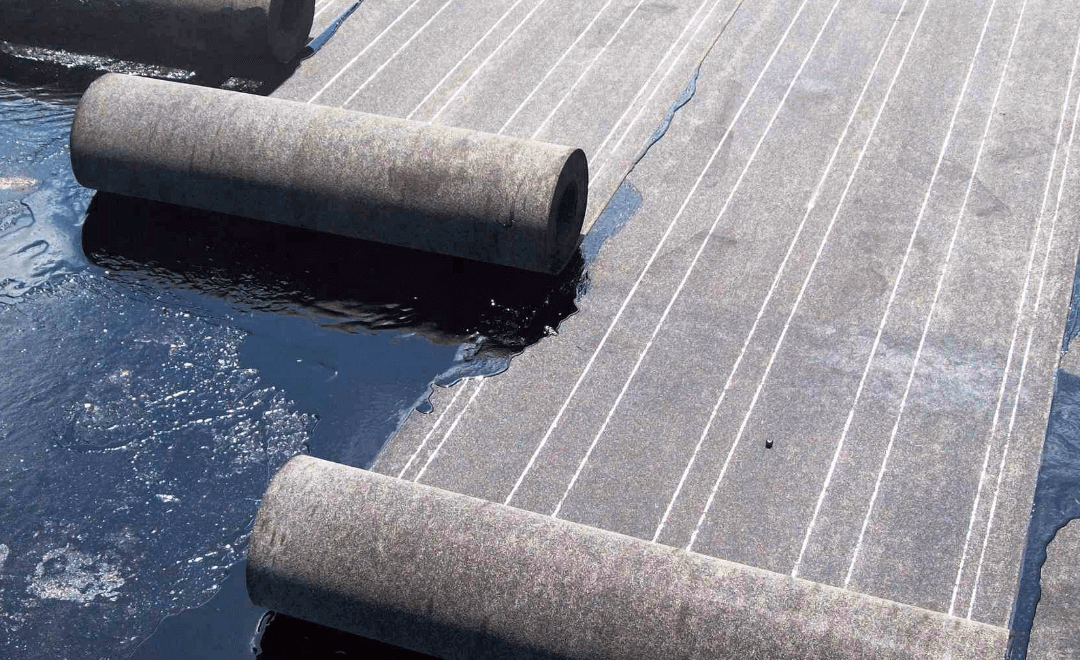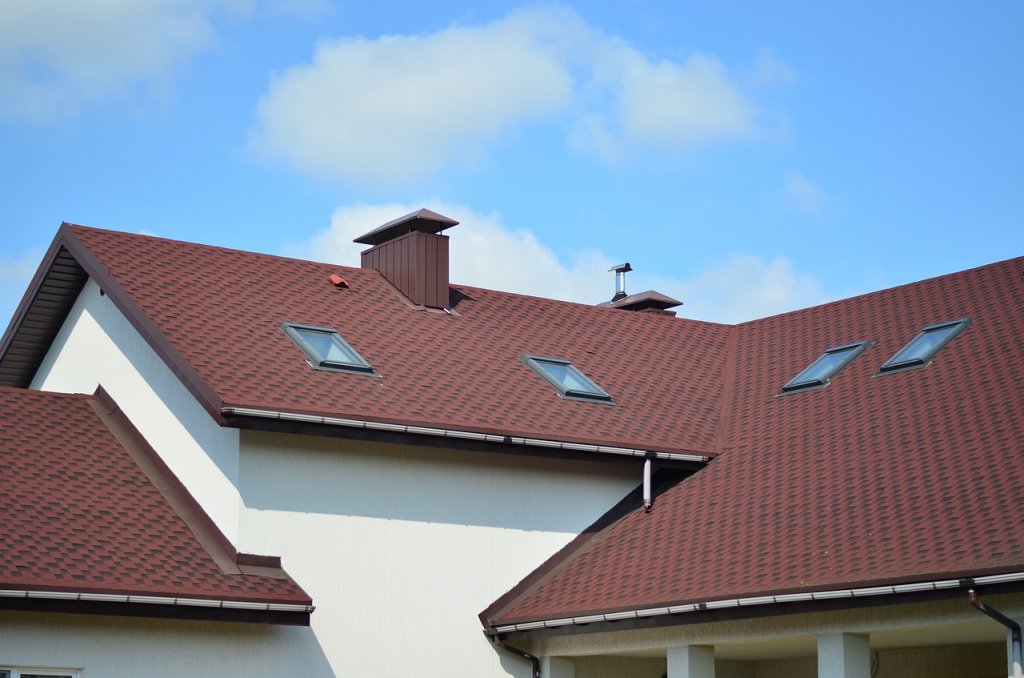Every home relies on its roof for protection and aesthetic appeal. In Princeton, one popular choice is asphalt roll roofing, a material known for its practicality and efficiency.
However, homeowners often wonder about the necessity of underlayment in their roofing projects.
This article delves into the crucial role of underlayment in enhancing the durability and functionality of roll roofing.
Join us as we explore whether underlayment is a necessity for your roll roofing needs.
Is Underlayment Necessary for Roll Roofing?
While roll roofing can be installed without underlayment, incorporating it is a wise decision.
Underlayment adds a layer of insulation and enhances weather resistance, offering additional protection for your roofing structure.
This extra layer can be particularly beneficial in improving the overall performance and longevity of your roll roofing.
Roll Roofing: A Lightweight and Cost-Effective Option

Roll roofing stands out as a practical choice for low-sloped roofs crafted from a blend of asphalt, fiberglass, and granular stones.
This material shares its roots with asphalt shingles but presents a unique advantage: its lightweight nature.
Conveniently packaged in rolls, it offers an ease of installation not found in traditional shingles.
Apart from its lightweight design, roll roofing is renowned for its cost-effectiveness, primarily due to its less material-intensive composition compared to shingles.
While it mirrors the water and dust insulation properties of asphalt, it’s important to note its relative durability.
Each roll roofing sheet typically measures 36 inches in width and extends up to 33 feet, providing ample coverage for various roofing needs.
Roll Roofing Installation: A Guide for Homeowners
Roll roofing installation is a feasible DIY project, offering homeowners in Princeton a chance to enhance their homes personally.
However, for those seeking perfection in installation, local Princeton roofing experts can provide invaluable assistance.
The process involves a straightforward approach: positioning the roll on the roof, securing it with nails, and ensuring a firm bond with adhesives.
This section demystifies the installation process, giving homeowners the confidence to either take on the project themselves or make informed decisions when hiring professionals.
- Preparation: Measure your roof and gather materials.
- Clean and Inspect: Ensure the roof surface is clean and smooth.
- Underlayment: Optional but recommended for extra protection.
- Positioning the First Roll: Start at the bottom edge of the roof.
- Nailing the Roll: Secure the roll along the edges.
- Sealing Seams: Apply roofing cement for overlaps.
- Repeat for Additional Rolls: Ensure each roll overlaps the previous one.
- Final Touches: Check for gaps or loose areas.
For a better visual understanding, be sure to check out the accompanying YouTube video below, which provides a practical demonstration of the installation process. This can be especially helpful for visual learners or those new to DIY roofing projects.
Understanding Roofing Underlayment: A Critical Waterproof Barrier
Roofing underlayment, often a misunderstood component, is a water-resistant layer that plays a critical role beneath the main roofing material.
Comprising felt paper coated with asphalt, this layer provides an essential barrier against moisture. Diverse types of underlayment cater to different roofing requirements, including asphalt-saturated, synthetic, and rubberized asphalt options.
The significance of underlayment in Princeton roofing cannot be overstated, particularly for homes with low-sloped roofs prone to water accumulation.
Designed to withstand harsh weather elements, the right underlayment offers protection against rain, snow, and ice. Specialized options are available for specific roof areas like valleys, chimneys, and vents, further bolstering your home’s defense against the weather’s impact.
Key Benefits of Roofing Underlayment: Enhancing Your Roof’s Durability
The inclusion of underlayment in roofing projects is more than a mere formality; it offers multiple advantages.
As a protective layer, it serves as the first line of defense for the roof deck, especially against water damage and fire.
Notably, it plays a critical role in extending the lifespan of roll roofing by acting as a protective buffer.
This extra layer also shields the asphalt shingles, safeguarding them from direct exposure to the elements.
Additionally, underlayment acts as a barrier around nails, providing extra security for the roof’s edges and joints, critical areas prone to leaks and damage.
Making the Right Choice: The Importance of Underlayment in Roll Roofing
Roll roofing is an affordable and efficient roofing choice.
Its effectiveness and lifespan can be greatly enhanced by using the appropriate underlayment, which is especially vital for low-slope roofs prone to water accumulation.
Underlayment plays a pivotal role in any roofing system, not just as an optional extra but as a fundamental component that ensures the durability and longevity of the roof, whether it’s made with asphalt shingles or roll roofing.
Creative uses for any leftover roofing materials, such as building a solarium, can also add value and functionality to your property.

